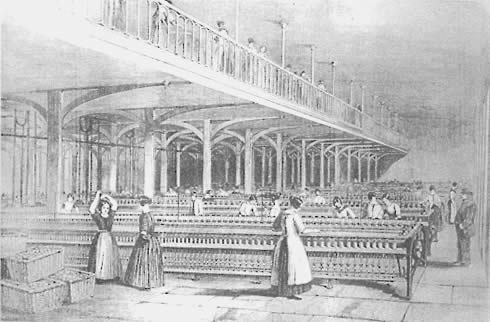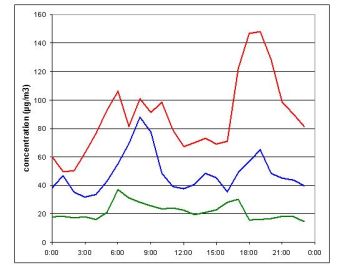 > ENC Master > Climate Encyclopaedia > Clouds & Particles > basics > 2. Particles > - Health effects of particles
> ENC Master > Climate Encyclopaedia > Clouds & Particles > basics > 2. Particles > - Health effects of particles
 |
|
|
|
Clouds & ParticlesBasics |
Health effect of particlesEach time we inspire, around 0.5 litres of air penetrate in our lungs, bringing oxygen to our body. But as the atmosphere contains also thousands of particles, we also breathe that particulate matter. It can be bad for the health, depending on the size and composition of particles. Centuries before pollution begins to pose a health hazard, men and women could already have respiratory problems due to their activities.
|
|
Historical signs In 1555, the Danish bishop Olaus Magnus said that the farmers should thresh hay against the wind “because the dust is so fine that one can not notice its inhalation and accumulation in back of the throat”. Even then, the effect of particles on human health had been noticed.
|
|
|
|
Nowadays in many countries people are still working in poor conditions. Effects of particles are still a problem, especially for employees exposed to dust, like construction workers, bakers, farmers...
|
|
Links between particles and health Scientific studies have shown that an increase in particle air pollution leads to an increase in respiratory problems like asthma and bronchitis. Emergency admissions and hospitalization for respiratory disorders increase during a rise in the particles concentration. Furthermore, people that breathe high concentration of particles during years (called long-term exposure) are more likely to develop lung cancer. |
|
Toxicity of particles depends mainly on their size and chemical composition. The smallest a particle is, the deeper in the respiratory system it will penetrate. For more details on the respiratory system and the effect of particles according to their sizes, see the "more" chapter...
|
About this page... |



